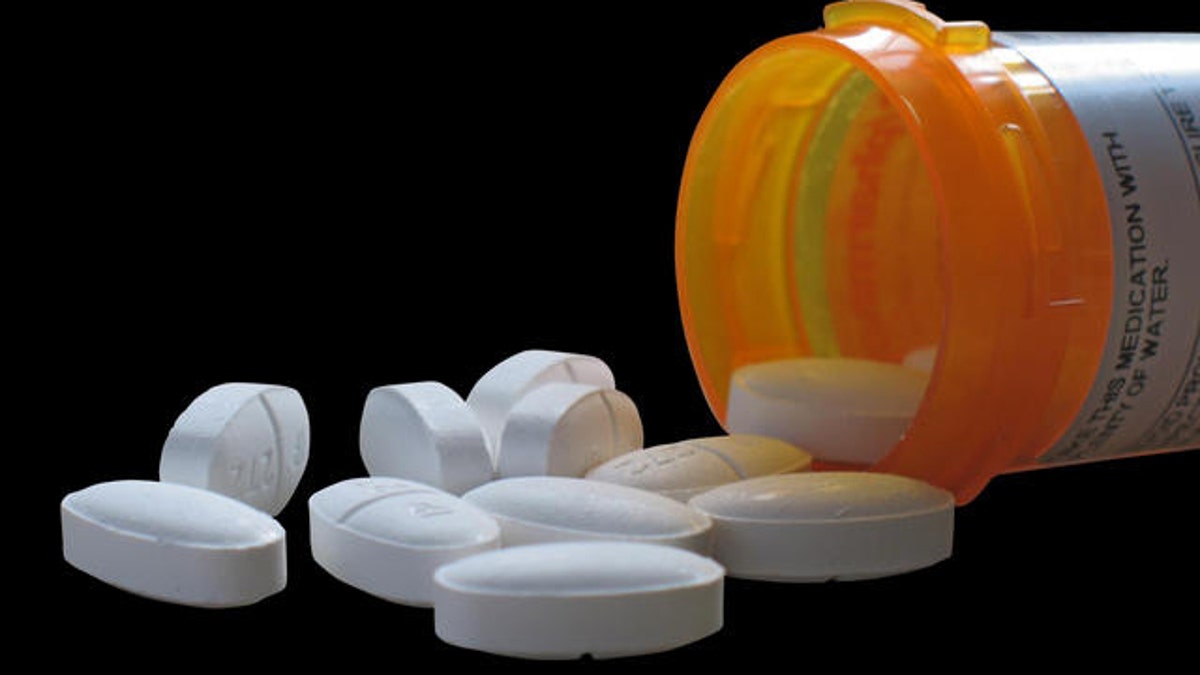
The number of drugs listed in short supply has tripled over the past five years, to a record 211 medications last year. (AP)
The U.S. health care system—and, in turn, American consumers—stand to save billions on prescription drugs just by switching from brand names to their generic counterparts. In 2012, generic medications saved the U.S. $217 billion, and this figure is steadily increasing. Many patients believe generics to be ineffective or even unsafe, despite the fact that 84 percent of prescriptions in 2012 were for generic medicines. Here are some common myths surrounding generics, and the truths you can trust.
Myth: The FDA allows the purity of generic drugs to vary greatly from the brand-name equivalent
You may have heard that the U.S. Food and Drug Administration (FDA) allows generic medications to be anywhere from 80-125 percent as pure or effective as their branded versions. The truth is that for any particular active ingredient, whether brand-name or generic, the purity and potency required by the FDA is the same. Each batch of medication varies a small amount, whether brand-name or generic. A recent study on cardiovascular medications—which account for 35 percent of all drugs sold—found that the difference in bloodstream absorption between generics and name brands is about 3.5 percent, an amount not expected to have an impact on health.
Generic drugs must be identical in strength, dosage form and administration. They also must contain the same active ingredient, work the same way in the body and meet the same standards of strength, purity and quality as their brand-name counterparts. Simply put, the law states that drug companies cannot alter generics to an extent that would put your health at risk.
READ MORE: The best ways to find cheap prescriptions
Myth: Brand-name drugs cost more because they’re better
Consumers often perceive brand-name goods to be of higher quality than non-brand-name products, so it seems to follow that this would be true for medications as well. However, it’s important to understand that a generic medication is not cheaply made, and that the cost difference isn’t due to shortcuts by the manufacturer.
When a medication is first synthesized, it goes through a series of clinical trials, mandated by the FDA and overseen by third-party regulators. This can take a number of years and cost billions of dollars, all on the manufacturer’s dime. Further, if the drug fails any one of the trials’ goals, it will not be approved and the company’s money is lost.
For this reason, the owner of the drug’s patent is granted exclusivity to sell the approved product for three to seven years, depending on the compound. This helps the manufacturer to recoup the costs of clinical trials and marketing of the original drug under a brand name. After that period is up, other companies can manufacture the same compound and sell it as a generic. This is often done in the same factory and by the same company making the brand-name version.
READ MORE: 5 ways to cut health costs
Myth: There’s no way to know what’s in generics because they aren’t tested
The only differences allowed between a medication and its generic alternative are inactive ingredients and appearance—period. Some people may not tolerate certain inactive ingredients such as binding agents and preservatives, so if you are one of these individuals, you should look into the ingredients whether dealing with a brand name or a generic. Due to trademark laws, generics are not allowed to look exactly the same as the original medication, so their appearance will be different. They do not take longer to work in the body, and they are just as safe to use. Although minor and rare side effects from inactive ingredients may occur, this can also happen with brand-name drugs, so sticking to brand-name products will mostly be a burden on your wallet and will likely have no impact on your health.
Fact: Generics are more likely to impact your wallet than your health
For the average pharmaceutical, generics cost 80-85 percent less than name-brand versions. However, getting your physician to prescribe them may take some action on your part. Almost 50 percent of doctors report negative perceptions of generics, but 75 percent report getting their information mainly from pharmaceutical sales representatives rather than from unbiased sources. You should check with your doctor to see whether a generic alternative is available, and then contact your insurance company to see what is covered.
READ MORE: A guide to health insurance benefits
A survey of physicians by the American Medical Association found that 37 percent sometimes or often prescribe a brand-name medication when an equivalent generic is available because the patient asked for it. This suggests that a large amount of people could be paying more just because they don’t know there is another option. When talking with your doctor, don’t be afraid to speak up and ask whether a generic option is available. You’ll probably only feel the difference in your bank account.
Lacie Glover writes for NerdWallet Health, a website that empowers consumers to find high quality, affordable health care and insurance.




















